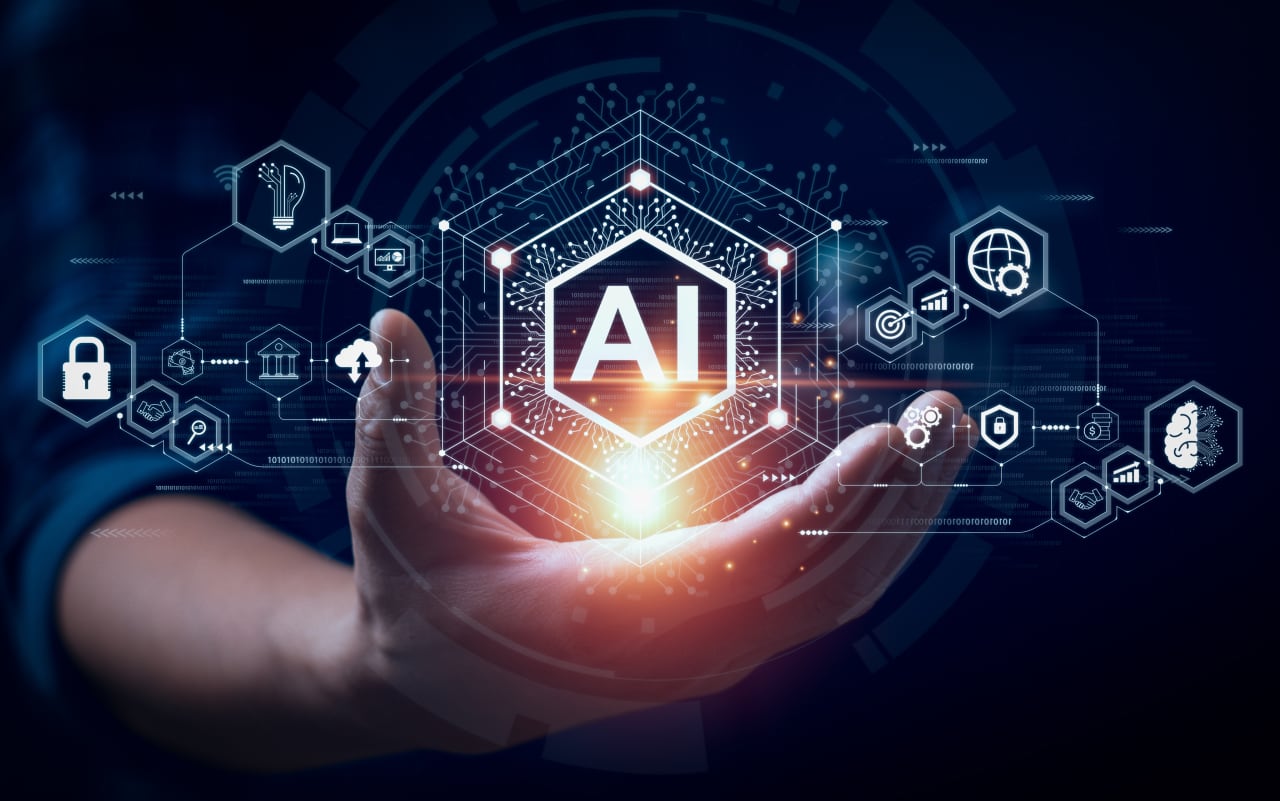Opinion: AI could save the post-COVID economy from high interest rates and inflation
The post-COVID economy is emerging as Americans’ pandemic-era savings dwindle, while work-from-home activity moderates and new patterns of consumer behavior come to the fore.
As households and banks consolidate finances, a few quarters of U.S. GDP growth in the range of 1% should be followed by a rebound and then to a steadier 2% or more.
But don’t expect inflation or interest rates to fall to pre-COVID levels.
Broad economic trends are inflationary, including de-risking trade with China, the transition to green energy, tougher building codes, and shortages of land, skilled workers and materials for home construction.
As such, the U.S. Federal Reserve’s 2% inflation target will be tough to hit. Both U.S. and European governments will be challenged to control deficits by trimming spending and raising taxes, which are already at historically high shares of GDP.
Central bankers may feel pressure to monetarize debt to enable more government spending — especially on imperatives like the green transition and defense.
Long-term interest rates will rise if politicians fail to accomplish spending reform. Choices between incentives for work productivity versus welfare entitlements have troubling national security and political consequences, especially in the current political climate where appreciably higher taxes are unlikely.
At stake are capital-intensive green energy and artificial intelligence, and fortifying infrastructure to withstand climate change. Building out new technology costs more nowadays. Microsoft helped establish OpenAI with a beginning investment of $1 billion in 2019 and now has committed $13 billion to the effort. By comparison, in 1999, Google, now Alphabet, received initial funding of $25 million.
Embrace change, enjoy growth
In addition, interest rates will accommodate retirees drawing down stock and fixed-income investments. The benchmark U.S 10-year Treasury bond
BX:TMUBMUSD10Y
is expected to settle near 4%, but longer-term may be pushed up as the economy gathers steam.
This shouldn’t be alarming. Investments in green energy and AI will give the U.S. a cleaner and more capital-intensive economy. Higher nominal and real interest rates will reflect stronger growth and a higher return on capital.
Innovations that help Americans make things more efficient and improve the quality of their lives are usually disruptive. AI will accelerate job redefinitions and displacements but create new opportunities and a more productive labor force overall.
Challenges and skepticism are part of the transition. For example, the New York Times is suing OpenAI for training large-language models on the newspaper’s publicly available archive of news stories. As this column has argued, that is akin to telling aspiring writers they may not read Nora Roberts (a.k.a. JD Robb) without paying royalties if they hope to pen successful romance and suspense novels. It’s the old story of the weavers trying to block automated looms — or as is more fashionable in our times, limiting change through administrative- or court-imposed regulations.
In contrast to the New York Times, the Associated Press and Axel Springer, which publishes Politico and Business Insider, have all reached content access agreements with OpenAI. AP is using AI to broaden its quarterly financial reporting to 4000 firms from 400. This enhances the value of its products and in turn boosts trading activity, liquidity and funding opportunities for smaller firms that will now be covered.
Large-language models offer journalists opportunities to greatly expand the number of events and observations they assimilate in writing stories — beyond what they can glean by searching the internet and interviewing individuals. This should increase the quality and quantity of their analytical work.
Similar applications can assist reinsurance companies in assessing the fairness of claims, the IRS in detecting fraud and skilled workers in many other industries. By the end of this decade, the AI revolution could boost U.S. productivity by as much as 1.5 percentage points annually.
Importantly, the AI effect on GDP will offer Western governments an escape from their fiscal binds. The temptation to overregulate will be great, but neither governments nor the private sector can see what’s coming. It’s better to rely primarily on markets to sort out the chaos and optimize the changes.
Peter Morici is an economist and emeritus business professor at the University of Maryland, and a national columnist.
More: The AI machines are not coming for your job
Plus: Biden administration unveils $5 billion investment in new computer-chip research and development center
Source link


:max_bytes(150000):strip_icc()/GettyImages-2149425278-10b7e09c3986402ab8fa5ae540068c9d.jpg?w=390&resize=390,220&ssl=1)
:max_bytes(150000):strip_icc()/INV_StrategicPetroleumReserve_GettyImages-1434804700-930b2f63ac494dccb1223603d993391a.jpg?w=390&resize=390,220&ssl=1)
